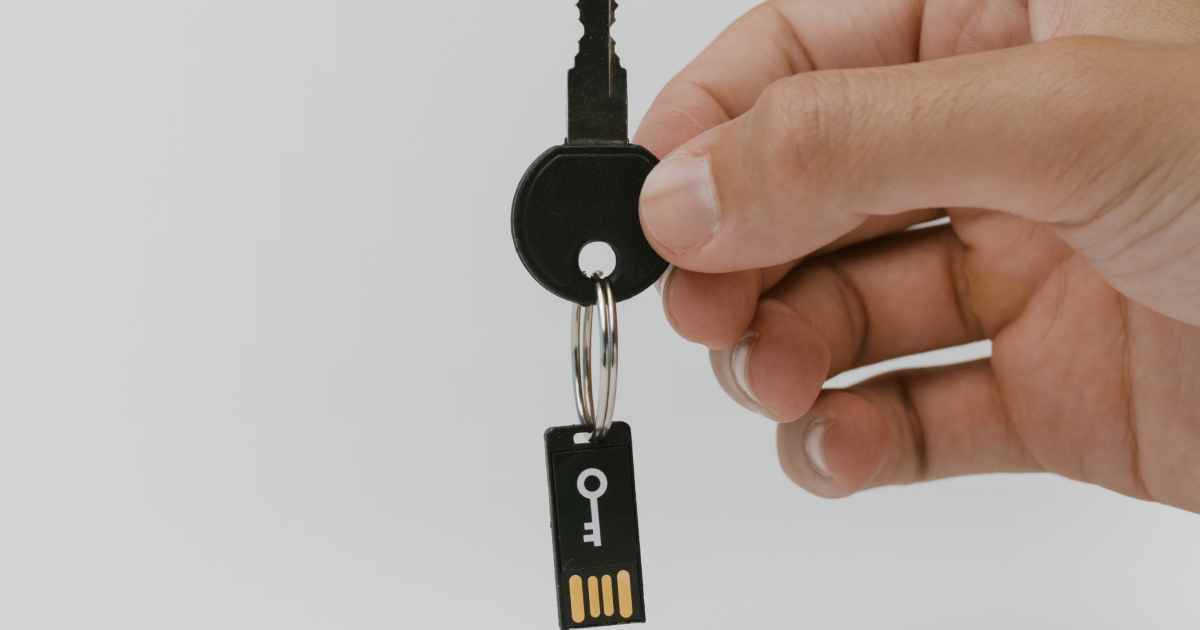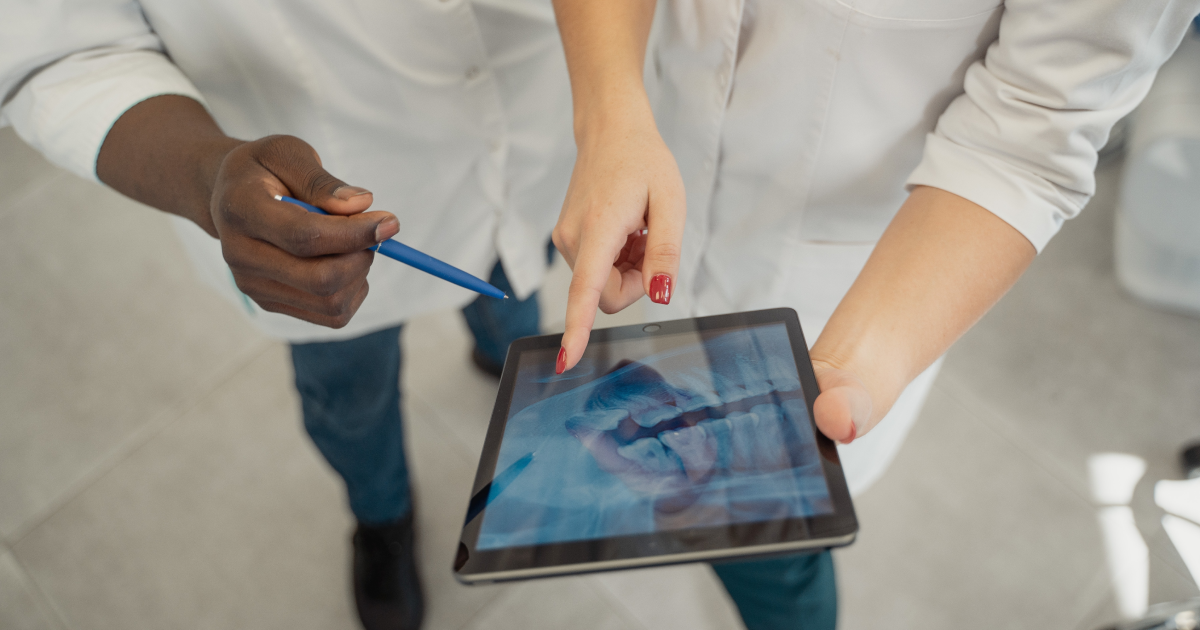
Understanding SMART on FHIR
Jan 16
9 min read
In recent years, healthcare and technology have become increasingly intertwined with patient wellbeing. Achieving efficient and secure communication and patient information sharing is crucial. This is where SMART on FHIR comes into play.
The goal of SMART on FHIR is to seamlessly connect diverse systems and applications. This transformative capability bridges the gap that often separates various healthcare platforms, culminating in a harmonious synergy that propels patient care to new heights.
From giving doctors access to detailed medical histories to enabling customized exercise recommendations in fitness apps, SMART on FHIR orchestrates a symphony of data sharing in which patient information flows securely between applications. If successful, this initiative could usher in an era of more informed decisions, personalized interventions, and an enhanced quality of life.
In this article, we’ll take a look at SMART on FHIR’s advantages, its role in health data interoperability, how it compares to HL7, and the authentication process it uses. We will also provide some practical examples to help you better understand its applications in a real-life context.
What is SMART on FHIR?
SMART on FHIR is a set of standards and technologies that allow different healthcare applications to work together smoothly. It's like a common language that various health-related software systems can use to talk to each other effectively.
SMART stands for "Substitutable Medical Applications, Reusable Technologies," and FHIR stands for "Fast Healthcare Interoperability Resources." Together, they form a framework that makes it easier for software developers to create apps that can securely access and share health data.
Advantages of SMART on FHIR
The advantages of SMART on FHIR are clear and impactful. It advances patient care by enabling the sharing of crucial health information across different applications, enabling more comprehensive and personalized medical decisions.
Developers benefit from its standardized approach, allowing them to create versatile health tech apps that function seamlessly across diverse healthcare systems. Its emphasis on security through authentication underscores its commitment to protecting sensitive patient data, contributing to a more secure and trustworthy future in healthcare technology.
Let’s take a look at the benefits of SMART on FHIR in more detail:
Improved patient care through information sharing
One of the major advantages of SMART on FHIR is its ability to enhance patient care by enabling various healthcare applications to share information. This means that different apps, such as electronic health records and mobile health apps, can collaborate and exchange essential data about a patient's health.
Imagine a scenario in which a doctor can access information from different sources seamlessly. Having a comprehensive view of a patient's health history allows medical professionals to make more informed decisions, provide more accurate diagnoses, and deliver better-tailored treatments.
Enhanced flexibility for developers
Developers play a pivotal role in shaping the healthcare technology landscape. SMART on FHIR offers them a significant advantage in terms of flexibility.
When creating healthcare apps, developers often face the challenge of making their software work with various healthcare systems that might have different data formats and structures.
SMART on FHIR addresses this challenge by providing a standardized framework. Developers can build applications using SMART on FHIR's guidelines, knowing that their apps will work across different systems without requiring major adjustments. This streamlines the development process and accelerates the availability of innovative healthcare solutions.
Heightened security through authentication
In the realm of healthcare, data security is paramount. SMART on FHIR takes this seriously by incorporating robust security measures.
Before an app can access sensitive health data, it must undergo a thorough authentication process. This step ensures that only authorized personnel can access confidential health data, minimizing the risk of unauthorized access and data breaches. Upholding high authentication standards helps patients trust that their private information remains safeguarded within the healthcare ecosystem.

SMART on FHIR and health data interoperability
In healthcare, it's crucial that different systems, including hospitals, clinics, and labs, can easily share and use patient data. This ensures that no matter where a patient seeks care, all the potentially relevant information – their medical history, test results, and treatment plans – can be accessed by authorized healthcare providers, supporting the most informed care possible.
The role of SMART on FHIR
Imagine you have several different types of healthcare apps – electronic health records, fitness trackers, medication management apps – each with its own unique way of storing and presenting data. This diversity can lead to a jumbled mess of information that's hard to make sense of. This is where SMART on FHIR steps in as a translator and organizer. It provides a standardized framework that these apps can follow, allowing them to talk to each other in a structured and consistent manner.
Bridging the gap and ensuring accuracy
Healthcare systems often use a variety of software from different vendors. These systems might not automatically understand each other's data formats, leading to gaps in communication.
The goal of SMART on FHIR is to ensure that regardless of the software systems in use, patient information can be exchanged accurately. This means that when a patient's records are needed urgently, there's no delay or confusion in retrieving the right information.
Easy access to up-to-date information
Healthcare apps can improve over time to offer better care. SMART on FHIR ensures that when these apps need to access patient data, they get the most recent and accurate information. This is vital for making informed medical decisions. If a doctor is looking at outdated information, they might miss a crucial detail that could impact a patient's health.
HL7 vs. SMART on FHIR
HL7 is a broader, more general standard that has been around for decades and engages with a wide array of healthcare communication needs. On the other hand, SMART on FHIR is a specialized, modern framework that leverages the FHIR standard to meet the targeted needs of healthcare applications. It's a bit like comparing a general-purpose toolkit to a precision tool designed for a specific task.
In the end, the choice between HL7 and SMART on FHIR depends on the specific needs of the healthcare communication you're dealing with. If you need a versatile solution that can handle various aspects of healthcare data exchange, HL7 might hold some value for you. If you're developing modern healthcare apps that require efficient and secure data sharing, SMART on FHIR could be the better fit.
Some of the key differences between HL7 and SMART on FHIR include:
Purpose and focus
HL7 is a comprehensive standard designed to facilitate the exchange of healthcare information across a wide range of systems and settings. It covers a broad spectrum of healthcare data exchange needs, including clinical, administrative, and financial concerns. It aims to create a common language for different healthcare systems to communicate effectively.
SMART on FHIR, hones in on the specific requirements of healthcare applications. It's not a standalone standard like HL7, but rather a framework built on top of FHIR (Fast Healthcare Interoperability Resources) to enable apps to securely access and exchange health data. SMART on FHIR focuses on modernizing healthcare software by catering to the needs of applications that require precise and targeted data interactions.
Approach to interoperability
HL7 offers a variety of tools for different interoperability challenges. It addresses data exchange at multiple levels, making it suitable for diverse healthcare scenarios. It aims to create a comprehensive standard that can accommodate a wide range of healthcare systems, but this breadth can sometimes result in complexity.
SMART on FHIR takes a more targeted approach, focusing on providing the right tools for specific jobs to simplify development and integration efforts. It aims to help apps communicate efficiently and directly, addressing the challenges of modern healthcare app development.
Adaptability and modernization
Being a broad standard, HL7 has evolved to keep up with changing healthcare needs. This evolution has sometimes led to complexities, as it tries to accommodate various legacy systems and emerging technologies.
SMART on FHIR is designed with modern healthcare software in mind. It leverages the advantages of the FHIR standard, which is itself more contemporary and web-oriented. This makes it better suited for integrating with modern web and mobile applications, aligning with the demands of today's tech-driven healthcare landscape.

SMART on FHIR authentication
Authentication is the tech world’s term for proving that you are who you say you are. In the context of SMART on FHIR, this means making sure that only authorized users can access patient data through apps.
Imagine that your flight has just arrived at the airport in another country. As you make your way through the terminal, you stop at customs to have your credentials checked before you are through. This agent ensures that only authorized visitors get access, helping to safeguard national security. In the world of SMART on FHIR, a similar concept applies, but instead of a physical agent, it's a digital process known as OAuth 2.0.
When a healthcare app wants to access patient data through SMART on FHIR, it needs to prove its identity and intentions. Just as you show your ID and answer a few questions to clear customs, the app provides its "digital ID" and explains why it needs the information. OAuth 2.0 acts as the gatekeeper, ensuring that only authorized apps with legitimate reasons can access valuable and sensitive patient information.
Authentication process
Here is the step-by-step authentication process:
1. App asks permission
When you arrive at the airport, the customs agent doesn't just let you in automatically. You need to request entry. Similarly, the app needs to ask for permission to access patient data.
2. User gives consent
Just as you might show your ID to the agent, the app provides its "digital ID" to the healthcare system. But that's not enough. The system also asks the patient for consent. This ensures that patients have control over who accesses their data.
3. Access granted
If everything checks out – the app's identity, its purpose, and the patient's consent – access is granted. It's like getting the green light from the customs agent to claim your baggage and enter the country..
The goal of this process is to make sure patient information stays private. Only those who have a legitimate reason to access it, like healthcare professionals treating the patient, can do so.
SMART on FHIR Examples
To better understand how SMART on FHIR works in practice, let's look at some real-world examples:
Doctor's mobile app: accessing comprehensive medical history
Dr. Smith, a busy physician, is about to see a patient, Sarah. Dr. Smith wants to have a complete understanding of Sarah's medical history before the appointment. Instead of sifting through piles of paperwork or logging into different systems, Dr. Smith opens a mobile app on their smartphone. This app is powered by SMART on FHIR.
When Dr. Smith opens the app, it's like they're connecting to a secure vault of medical information. SMART on FHIR acts as the key to this vault. The app uses SMART on FHIR's standardized framework to communicate with Sarah's electronic health record (EHR) system and request access to her medical history.
Once the app receives permission, it pulls Sarah's medical history from her EHR. This history includes past diagnoses, medications, test results, and more. The app then organizes this information into an easily readable format on Dr. Smith's device. Now, Dr. Smith has a comprehensive view of Sarah's health journey, enabling more informed and personalized care.
Fitness app: personalized exercise recommendations
Alex is a fitness enthusiast who's also managing a chronic health condition. Alex uses the Apple Health fitness app to track their physical activity, but they want to take their exercise routine to the next level while considering their health limitations. This is where SMART on FHIR steps in.
Alex's fitness app is SMART on FHIR-enabled. When Alex logs into the app, it asks for permission to access their health records. Alex agrees, trusting that the app will only use this data for their benefit.
The app, with SMART on FHIR's help, pulls relevant health data from Alex's records. This includes information about their condition, medications, and any restrictions. The app's algorithms analyze this data along with their fitness progress to generate personalized exercise recommendations. These recommendations are designed to optimize Alex's physical activity while taking their health status into account.
Final thoughts
SMART on FHIR aims to bridge gaps between disparate health information systems, supporting more collaborative and consistent patient care. As healthcare advances become increasingly tied to technological innovation, SMART on FHIR facilitates seamless communication, secure data sharing, and personalized interventions.
For those seeking to harness the potential of SMART on FHIR for their healthcare app development, consider partnering with Twenty Ideas – a design and development agency that specializes in creating innovative solutions at the intersection of technology and healthcare.
Contact us today to embark on a journey of impactful healthcare transformation.
Mike Biglan
Founder and CEO Mike Biglan has led the creation of transformative digital products adopted by millions of users–including digital therapeutics, AI-powered RPM platforms, an X-Prize-winning adult literacy intervention, and more. Mike also led the creation of Marco Polo, an acclaimed consumer-facing video messaging/streaming app with tens of millions of downloads.
by this author




